Director of Planning & Development for the Ute Mountain Ute Tribe talks about her role in advancing the Tribe’s energy goals.
Office of Indian Energy Policy and Programs
December 16, 2019Change doesn’t happen on its own. It’s led by dedicated and passionate people who are championing innovative solutions to tribal energy challenges. Indian Energy Champions is a U.S. Department of Energy (DOE) Office of Indian Energy blog series spotlighting innovators in Indian energy.
We caught up with Bernadette Cuthair at the 2019 Office of Indian Energy Program Review to learn about her role in the Ute Mountain Ute Tribe’s (UMUT’s) 1-megawatt community solar project and her vision for the future.
Name: Bernadette Cuthair
Affiliation: Ute Mountain Ute Tribe, Towaoc, Colorado
Title/Role: Director, Planning & Development
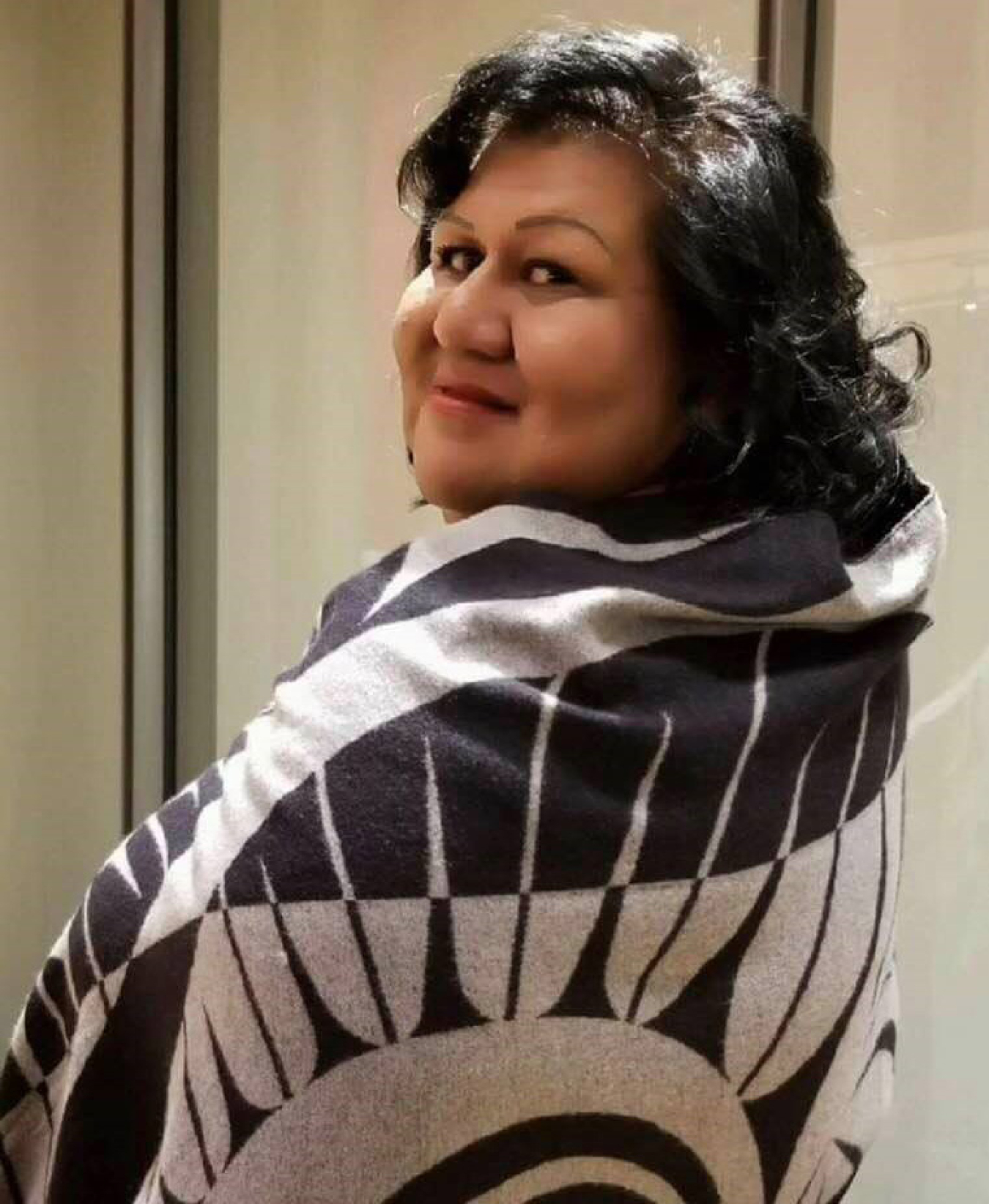
How would you describe your role?
The Tribal Councils look to the Planning Department for facilitation of research or development. We manage three major assets and services within our department: land-based issues, transportation, and water rights.
I work closely with Public Works. I’m on 24x7 call because there could be a break in our water main—21.5 miles—that feeds water into the community. The Tribe also has 238 miles of BIA system roads, so we’re responsible for maintaining that. I also work with Weeminuche Construction Authority—the Tribe’s construction company on housing, facilities, and community services.
How does advancing the Tribe’s energy goals fit into your broader responsibilities?
I bring to the table the aspect of land development. It could be right-of-way, where I work through the BIA application process, a utility application, a land lease, or a crossing permit (a temporary permit to do business within the Tribe). I am an advocate for renewable energy and am passionate about helping the Tribe build a sustainable community for the future and for our children.
What do you find most inspiring about the energy planning and development work you do?
I’ve been involved with the Department of Energy [DOE] for about 5 years, and it’s amazing to see the movement in the direction of renewable energy. It’s fascinating to see these projects coming to fruition.
A lot of tribes, including us, didn’t know our starting point until we started attending these conferences with the DOE and networking with the National Renewable Energy Laboratory (NREL) and Sandia Laboratories and saying, “Let’s do a strategic plan and a feasibility study.” [That’s how] we identified areas where we could potentially have renewables.
The Strategic Energy Plan we did with NREL was about 7 years ago … and every now and then I bring that report out, just to reflect on the starting point. They took us back to the inception of the Tribe’s constitution in 1940.... We were a rich oil and gas Tribe at one point, and now the Tribe is in a situation where oil and gas is not bringing us the dollar that we’re looking for on the market.
And that’s an issue, because that directly impacts our tribal members. So now it’s the task of the Tribal Council and the Chairman and groups like the Renewable Energy Team to diversify the energy portfolio.
How difficult was it to bring about that shift in strategy?
I’m officially in the directorship about 6 years now. Before that, for 4 years I was an intern and consultant in the Planning Department. I was part of the Renewable Energy Team back then. And I said, “Every year we continue to talk about these projects. Why is it not materializing? Why can’t we get one of these projects off the ground?”
It was more or less a matter of pulling the trigger—making some hard decisions and taking the risk. So basically, that is my role is to kind of push. Traditionally, we’re not big risk takers; we like to play it safe. In the past, if we wanted to do a project, we always paid for everything up front. We’ve never taken a loan out for anything. But I think the mindset has to change.
It’s all about our credit rating; you demonstrate one project to the DOE, [show] that you’re capable of doing this. It’s just a little bit of maneuvering through a lot of things. And getting the support of the Tribal Council is key to that.
We’re showing that the Ute Mountain Tribe is serious about renewables …. that this is where we’d like to focus our energy and our direction.
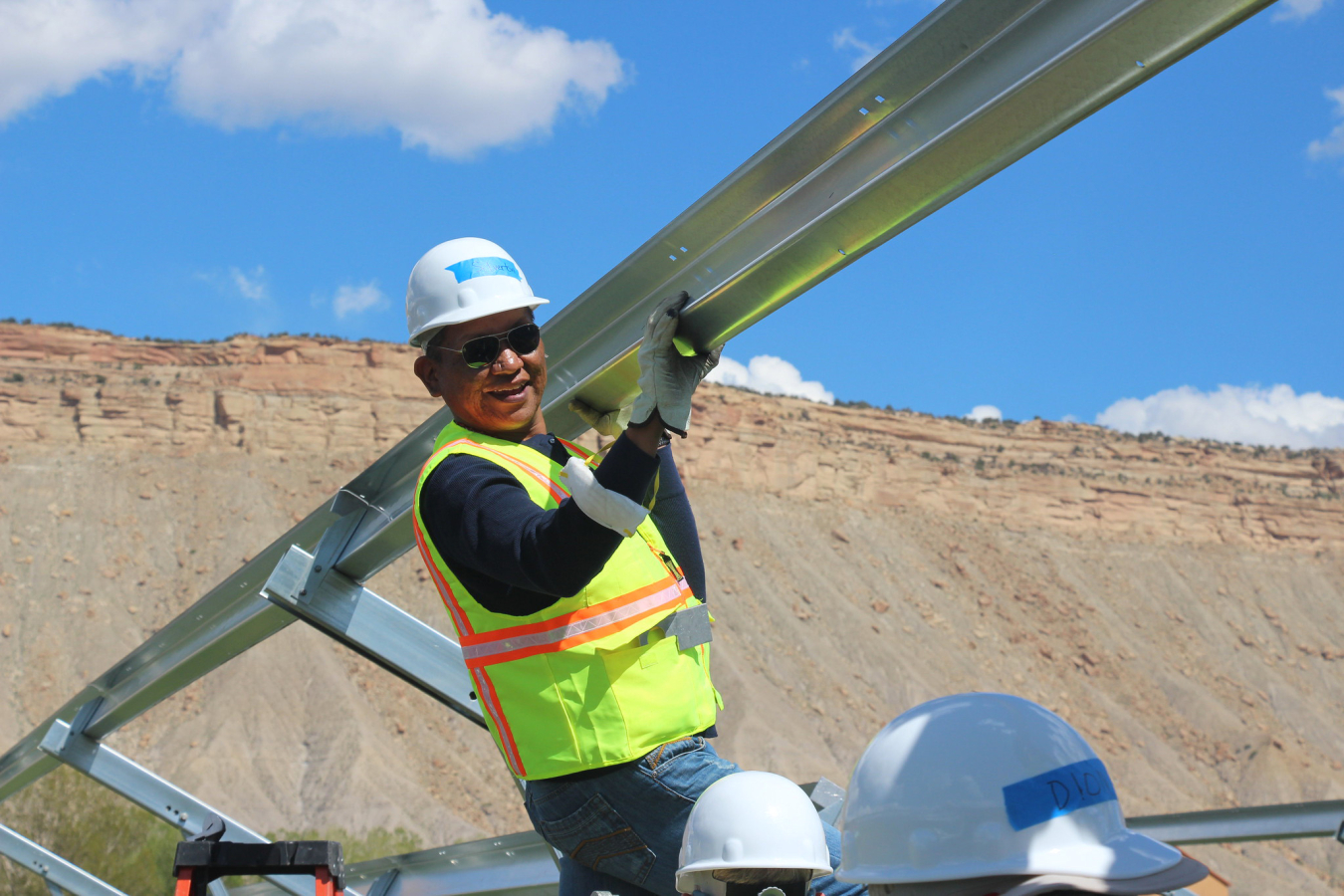
Progress as of April 2019 on the Ute Mountain Solar installation in Towaoc on the Ute Mountain Ute Reservation. Photo from GRID Alternatives
How do you go about getting that support?
Any time we’re doing any project with Planning and Development, it’s really important that we get the permission of the elders, because that’s the first line of defense that you have to convince. And if that doesn’t happen, then you get dissent. If they’re not on board, they’ll usually voice it to the Council and say, “We think that’s not in our best interest environmentally or culturally or traditionally.”
The beauty is that I’m a tribal member and I speak the language also. So I’m able to interpret to the elders exactly what the project is. If I can explain it to them well enough, then they say, “Oh, I like what you’re doing.”
In recent years, we also began engaging youth as leaders to work with the elders to dream and design the future of the Ute Mountain Ute Tribe. Through that approach, we’ve promoted intergenerational learning and completed a Comprehensive Master Plan for community development.
So beyond getting the elders and the Council on board, how do you get community buy-in?
Normally, we’ll hold a public forum, and our consultants will bring the charts out and—if there’s a model or a map, we’ll explain that. For our tribal members—not just elders—we’re very visual people. We like a lot of illustration. We like to see a progression—here’s where we’re at, here’s what we’d like to do, and here’s where we hope to be. So it’s always good to show pictures. For the Comprehensive Master Plan, for example, youth participated in role play and mapping activities to help design the future of our community, while elders beaded on a large canvas map.
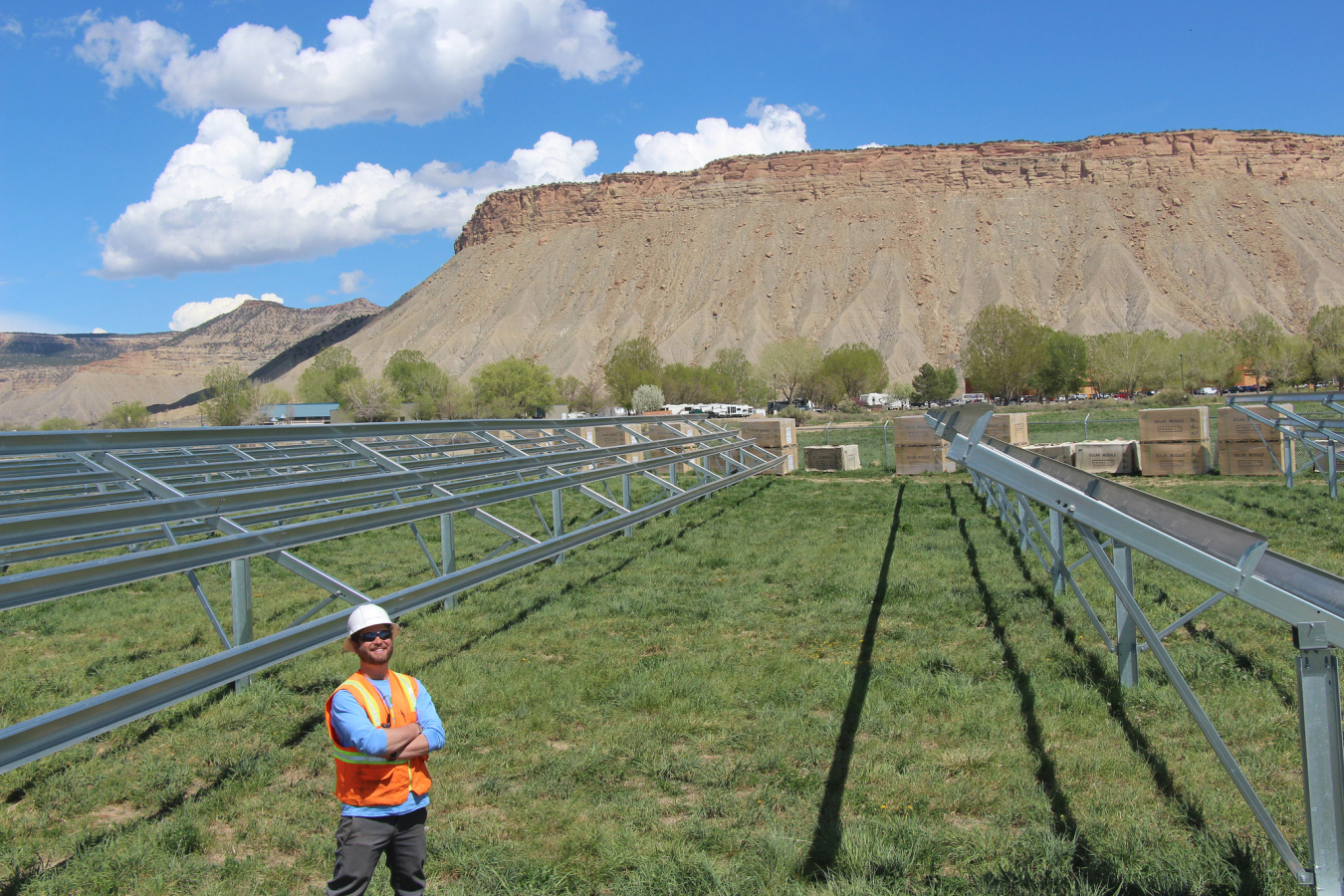
Progress as of April 2019 on the Ute Mountain Solar installation in Towaoc on the Ute Mountain Ute Reservation. Photos from GRID Alternatives
We also have a closed-circuit television channel for our community. Anytime the Tribal Council occurs, it’s all online on closed-circuit TV and it goes directly into their homes so they’re able to keep up with the latest developments.
And of course, being the Director, I always make it a point to spend time with tribal members. I always tell people, “That door swings both ways. You’re welcome to come into my office.” If you don’t understand something, you can come see me or give me a call because we have a direct line into Planning and Development that all the people are able to access. It’s kind of like the hotline.
What is the community’s response to the project?
Of all the people who are actually residing in Towaoc—it’s probably about 580 people—120 have signed up for the bill credits. There’s 380 meters out there—so that’s about half of our goal. Year 1, people are always going to be skeptical because they don’t understand the technology and ask, “How is that going to impact me or benefit me?” It’s always about my bottom dollar or my wallet or my purse.
We have to help them understand what that’s going to look like. At times, it is challenging. They say, “Oh, if my neighbor buys into it I’ll sit back and wait to see what happens.” That’s kind of the attitude some people have, and they’re entitled to that.
I’m pretty sure that the year is going to tell. Once we commission in January, that’s going to give us the benchmark. And then I’m sure they’ll talk to their neighbors and say, “Oh, well it’s been 9 months and this is the amount of credits I’ve received.” And because we’re such a small community, people start talking to their relatives and saying, “Wow you need to sign up.”
If you could point to one thing that was most important in getting that buy-in, what would it be?
I think it was all about outreach. A lot of people were really skeptical, but they came in and talked to me about it. One on one was the most effective way to do it because there’s always that connection we have to have with each other.
We’re not going to show emotion if we’re calling each other on the cell phone. It’s all about the human factor, the human element, where I’m able to say, “I’m in the same boat as you are … I have a monthly bill that’s real high, and this will really help both of us.” I’m trying to demonstrate, “If it works for you, it will work for me, and it works for all of us.”
That’s the hardest piece. You have to dedicate time to do the outreach. And that’s the difference getting the word out made.
How do you anticipate that the community solar project will impact people’s lives?
I think all tribal members are looking to how it will impact them personally, financially. I think they’re anticipating what that monthly bill credit will look like.
Looking at it from the perspective of a tribal member, it’s a cost savings in my pocket that I can do more with somewhere. It’s just making that economic shift. And once we start seeing those kinds of impacts, maybe it’s going to improve quality of life. That’s what we’re after is those kinds of major positive shifts.
What have been your top takeaways that you think other tribes might benefit from?
For me, personally and professionally, the top takeaway is networking. That is really the key to moving forward. I think it’s gathering information, sitting down with a person who has been through that experience.
I’ve been to some conferences where they just talk about their successes, and I was refreshed when I attended a conference where they talked about their failures. Because that’s reality. I want to hear realistic things because that’s what I want to avoid. It’s like a guidance kind of thing: “Make sure you don’t do this because this is the result, and these are lessons we learned.”
Just like we did with this grant. We failed the first time.
How did networking help you get past that barrier?
It helped us understand how we had to pull it together to be successful. Of course you want to hear the success stories, but how did you get there? Why were you successful? Who did you surround yourself with? It’s always about positive people. They say like minds will pull you forward, and I think there’s really something to that.
I get a lot of joy coming to Department of Energy conferences [like the Office of Indian Energy Program Review] because all of us are here thinking about renewable energy. We’re all here in one capacity trying to work toward that goal.
Has this networking experience inspired any other insights or actions?
I think it’s a really unique moment in time for tribes—even for the nation. We’re at a tipping point where we understand that we have to move in this direction to have an impact on what the next generation of people will bring.
I hope the tribes that are sitting here now [at the 2019 Office of Indian Energy Program Review] have demonstrated through the DOE that they are capable of doing a renewable project—showcasing to the rest of the tribes that we are committed to it. Because really it’s a mind-set that we have to have.
We have to open our eyes and become aware and active—proactive—about pushing renewable energy and helping people understand it’s the responsibility of all of us.
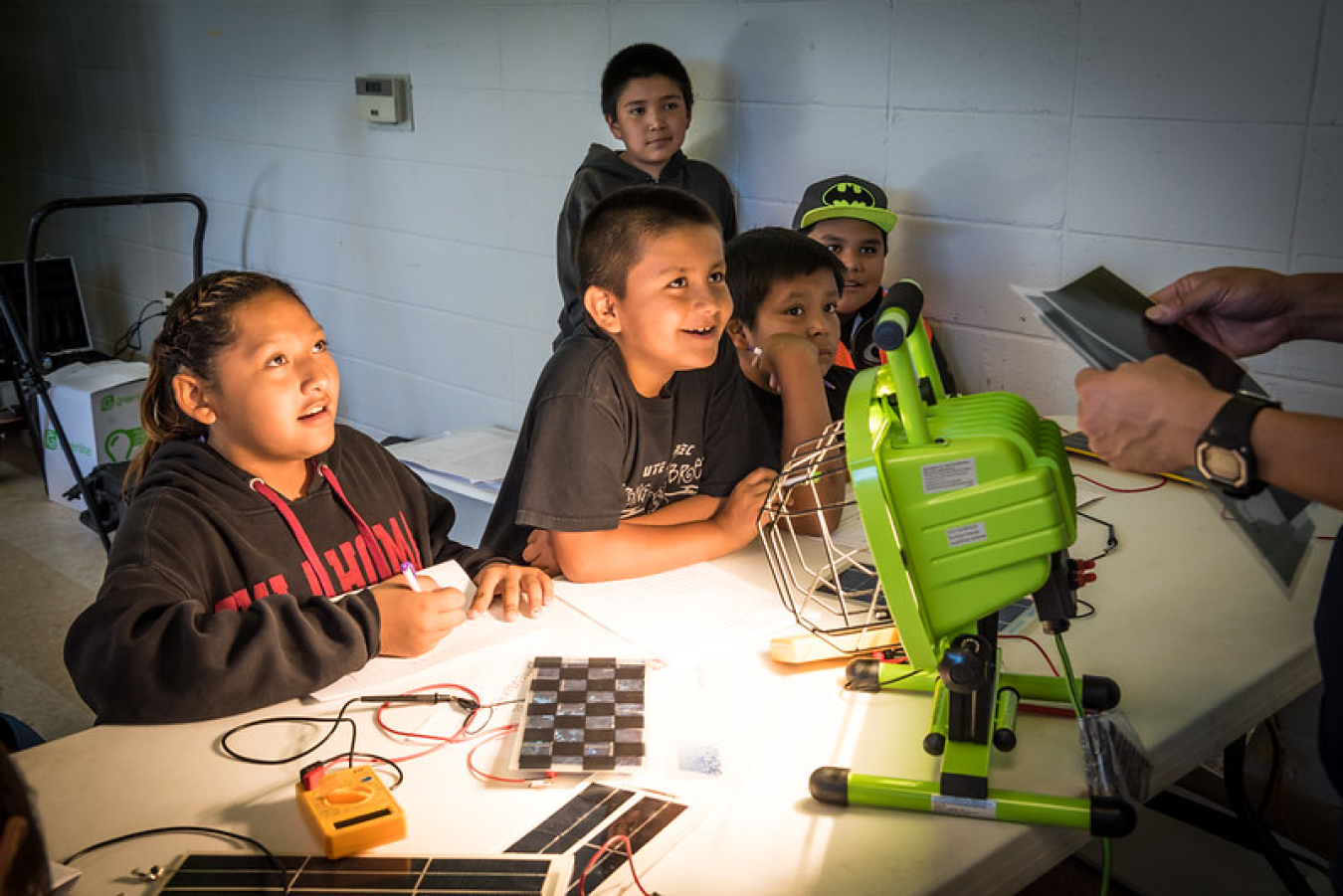
Students at a DOE-sponsored Ute Mountain Ute Youth Energy Workshop in 2016. Photo by Josh Bauer, NREL
What’s your vision for the future of energy for UMUT?
I think tribes are in a perfect role to be that shining star of renewable energy. And I think Ute Mountain Tribe, and all tribes, can be that shining example to the community, or people at large.
To say we are taking it into our hands and we want to make that difference and embrace it because our next generation of people are counting on it.
We want to be good leaders, to say that we are the trailblazers and we’re able to make that path for the people coming behind us. The way you lead has to be in a positive direction. And that’s my hope—that we continue to go in that direction of accomplishment and completing those renewable projects we talked about 10 years ago.
I want to see some realization and some real movement. I hope that the next generation will also look at it in that way and see the importance of that. That’s my hope for the Ute Mountain Ute Tribe.
Learn more about the Ute Mountain Ute Tribe's community solar project.
More by this author
-
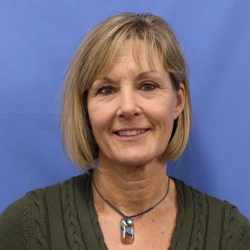 Communications Strategist with the National Renewable Energy Laboratory’s Communications & Public Affairs Office
Communications Strategist with the National Renewable Energy Laboratory’s Communications & Public Affairs Office

